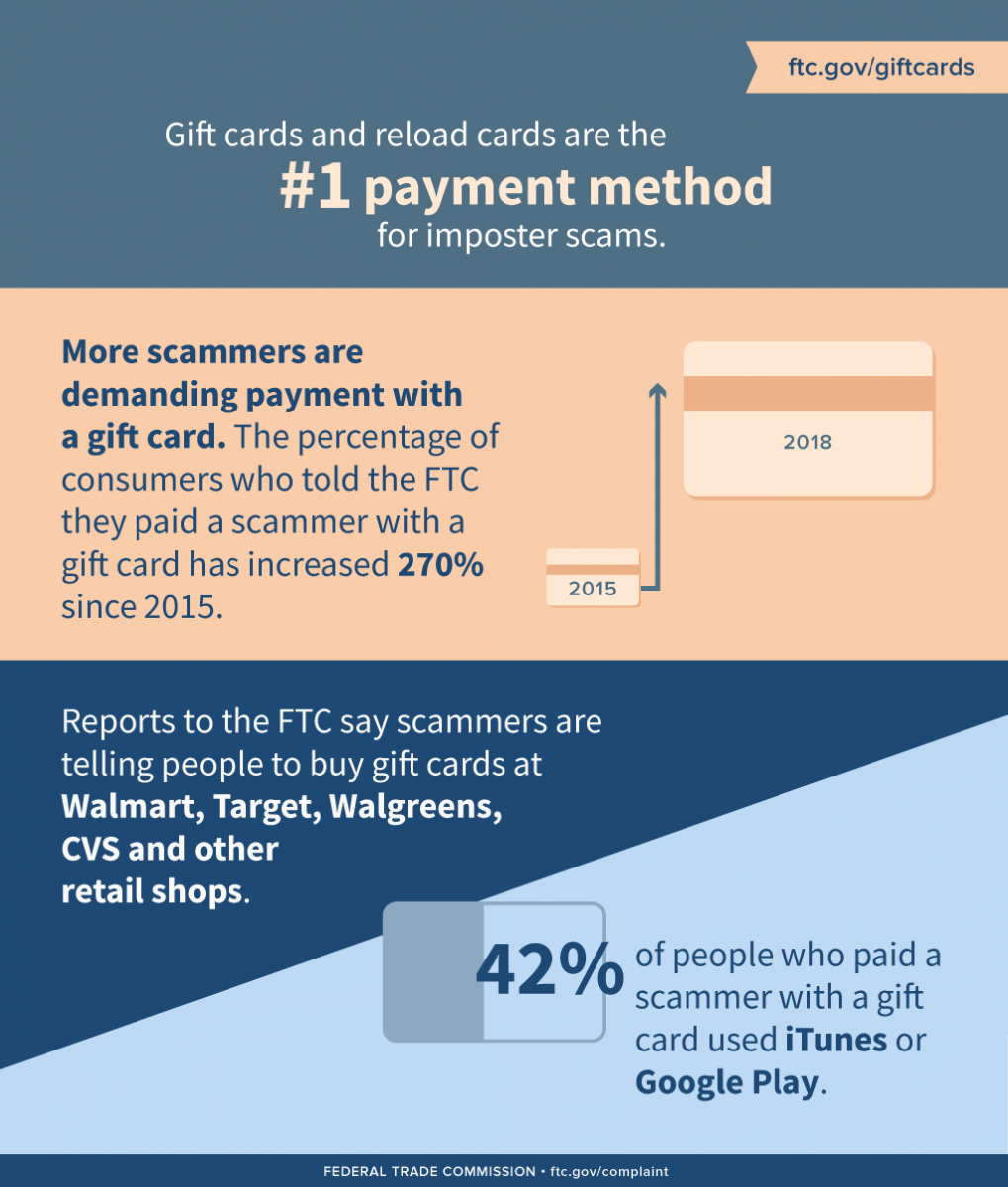A laser is an effective device for noting and etching on materials like metals, wood, and glass. But when collaborating with a weak product like glass, exact placement of your design is crucial.
Unlike other laser-marked products, glass does not evaporate yet cracks when revealed to laser heat. This gives the engraved surface its characteristic appearance.
Local Home heating
The laser light connects with the glass surface area, creating local heating and possibly vaporization or ablation. This creates an etched, frosted, or engraved appearance. Unlike inks and paint, laser marking marks are long-term and do not fade gradually.
Laser etching on glass is testing as a result of the product's brittleness and sensitivity to thermal shock. The abrupt, quick temperature level adjustments produced by high laser power can trigger splitting and damage of the surface area.
To minimize this threat, laser engravers make use of water refrigerators to aid take care of the warmth and spread it equally over the surface area. Using a moistening compound or concealing the surface area likewise assists to decrease breaking and enhance laser performance. Additionally, reducing the laser power setting and increasing the engraving rate aid to keep a regular temperature level. Additionally, preventing subjecting the glass to hot air or water promptly after etching will likewise reduce the risk of thermal shock and cracking.
Transparent Products
Several laser equipment kinds are offered, with each having unique wavelengths and power ranges. Some are able to produce high-contrast inscriptions on glass while others might need extra steps to ensure optimal outcomes.
As an example, utilizing a paper mask to safeguard the surface of your workpiece from warmth can help in reducing breaking by dissipating the laser beam's heat prior to it has an opportunity to affect the glass. Likewise, applying a slim layer of meal soap can also minimize the quantity of glass fragments that are released after the laser process is complete.
Last but not least, it is necessary to maintain the laser head at a consistent speed throughout the whole process to prevent sudden changes in temperature level that can cause breaking. Additionally, a water-cooled laser system can also aid handle the impact of laser warmth on fragile materials such as glass. Additionally, deciding to utilize a Jarvis dither pattern on your laser driver setups will certainly separate the dots of your visuals, minimizing their overall warmth usage and impact on the product.
Precision
Laser engraving is just one of the most precise approaches for glass marking. It permits top notch, customized gifts or service applications such as engraved glass wares for dining establishments that promotes brand identification and quality.
Personalized glass is durable and able to hold up against daily usage and cleaning, making it appropriate for a selection of applications. It also provides wonderful versatility when it pertains to the design of patterns, photos, and text.
Ensure you utilize the right sort of glass for your project and adjust your laser settings prior to starting. Various kinds of glass respond in a different way to heat, and readjusting the laser power based on thickness aids avoid fracturing. Also, a water-chiller lowers temperature variations that result in fracturing. Lastly, covering up the surface of your glass work surface with a paper towel or a layer of meal soap can aid dissipate the laser heat and protect against cracking. It is additionally essential to safeguard your glass workpiece with a jig to lessen movement that causes misalignment.
Sustainability
Laser marking on glass is an eco-friendly process that minimizes the use of harmful chemicals and provides clear, long-term high-resolution codes. This aids safeguard items against meddling and counterfeiting while instilling self-confidence in customers.
With a little prep work, laser inscription on glass opens up a globe of opportunities for artists and suppliers alike. It is a cost-effective minimal text engraving and lasting choice to conventional inscription techniques such as sandblasting or etching lotions.
Before etching, it is necessary to preheat the glass. This assists restrict thermal shock and avoid splitting of the weak material. Maintaining the power setups low and utilizing a slower cool can also assist to stop glass cracking. Furthermore, a fume removal system can help eliminate smoke, dirt, and particle debris from the work area to maintain the workplace safe and clean. As soon as your system is properly set up, it's a great concept to experiment with a few examples to locate the best setting for your certain sort of glass.
